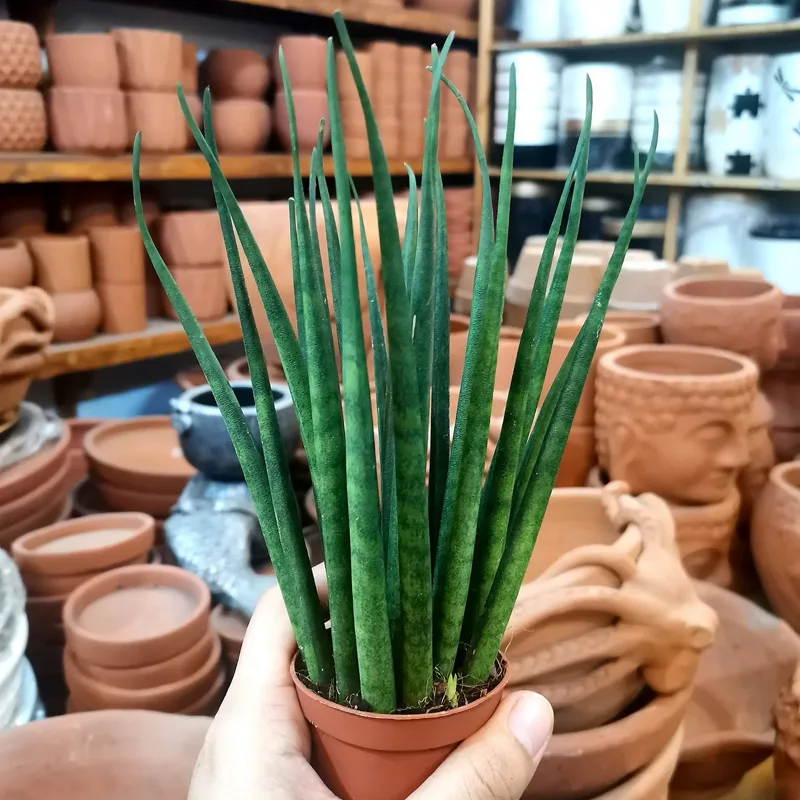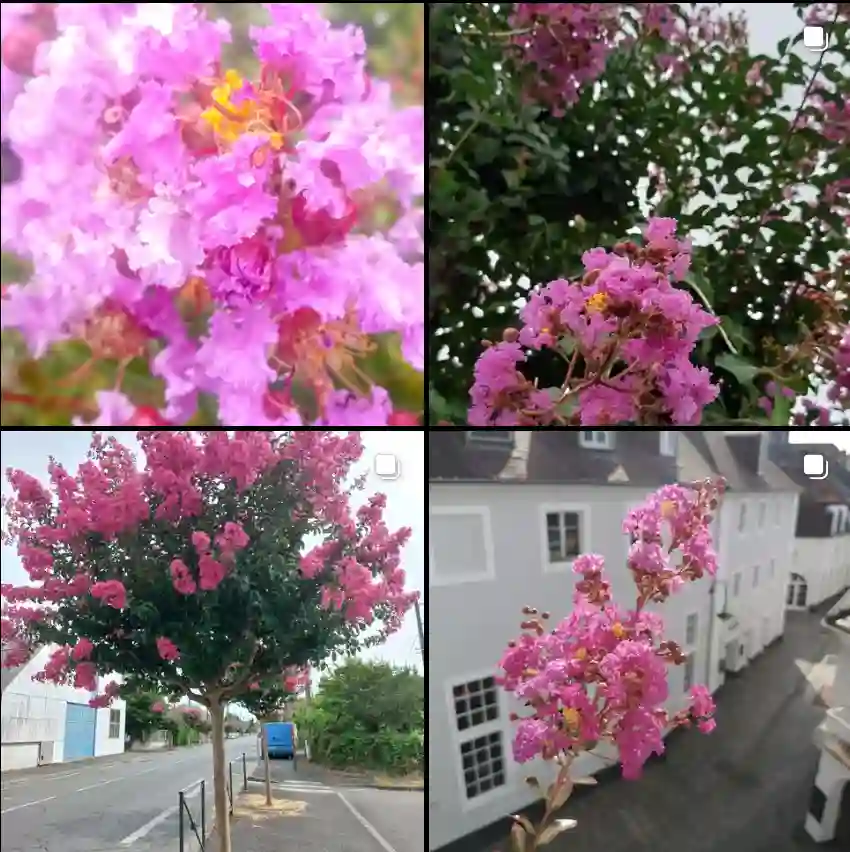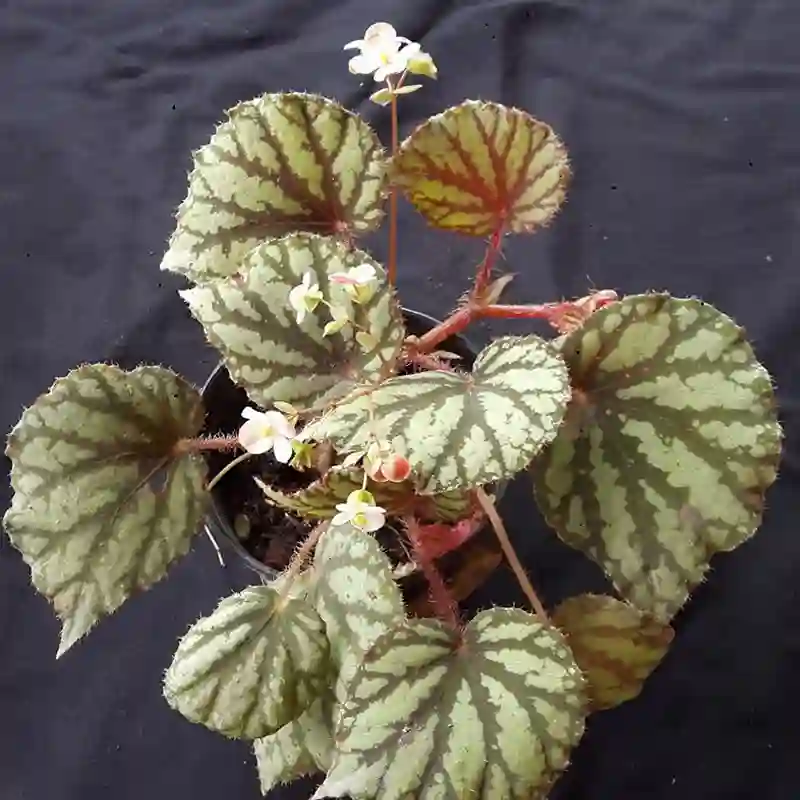FAQs About Celastrus Paniculatus
As a plant enthusiast, I’ve found that Celastrus Paniculatus, also known as the Climbing Celastrus or the Gymnema Sylvestre, often piques the interest of gardeners and herbalists alike. Whether you’re curious about germination, oil production, or care tips, I’ve gathered some of the most frequently asked questions about this fascinating plant.
52 Species in Genus Gymnema
What Is Celastrus Paniculatus?
Celastrus Paniculatus is a vigorous, deciduous vine native to Asia. It is renowned for its climbing ability and glossy green leaves that turn yellow in the fall. The plant produces small, inconspicuous flowers that later develop into orange berries. Often used in traditional medicine, Celastrus Paniculatus is also admired for its aesthetic appeal in gardens.
How to Germinate Celastrus Paniculatus Seeds?
Germinating Celastrus Paniculatus seeds can be a rewarding process with the right approach. First, soak the seeds in water for 24 hours to soften their hard coating. This stratification helps to break dormancy and encourages germination. Next, plant the seeds in a well-draining seed-starting mix, covering them lightly with soil. Maintain a temperature of 65-75°F (18-24°C) and keep the soil consistently moist but not waterlogged. Germination can take several weeks, so patience is key. Providing bottom heat can sometimes speed up the process.
How to Make Celastrus Paniculatus Oil?
Celastrus Paniculatus oil is valued for its potential health benefits, including enhancing cognitive function. To make the oil, start by harvesting mature seeds from the plant. Dry them thoroughly before crushing. Infuse the crushed seeds in a carrier oil, such as olive or coconut oil, using a slow heat method. Place the seeds and oil in a double boiler or slow cooker, heating gently for 2-3 hours. After infusion, strain the oil through a fine mesh or cheesecloth, and store it in a dark glass bottle. Ensure to keep it in a cool, dark place to preserve its properties.
How to Care for Celastrus Paniculatus?
Caring for Celastrus Paniculatus involves providing the right environment and regular maintenance. This vine thrives in well-drained soil and prefers a sunny to partially shaded location. It is relatively low-maintenance but may require occasional pruning to manage its growth and prevent it from becoming invasive. Regular watering is essential, but ensure that the soil is not waterlogged. Fertilize the plant with a balanced, all-purpose fertilizer during the growing season to encourage vigorous growth.
How to Propagate Celastrus Paniculatus?
Propagation of Celastrus Paniculatus can be achieved through seeds or cuttings. For seed propagation, follow the germination process described earlier. If propagating through cuttings, take semi-hardwood cuttings in late summer. Dip the cut end in rooting hormone and plant it in a moist, well-draining medium. Keep the cuttings in a warm, humid environment until they establish roots, which typically takes a few weeks.
What to Plant With Celastrus Paniculatus?
Celastrus Paniculatus is a versatile vine that pairs well with other climbing plants and shrubs. Consider planting it near trellises, arbors, or fences to support its growth. It can also be combined with flowering perennials or ornamental grasses to create a lush, diverse garden setting. Be cautious, as its vigorous growth can overshadow or crowd out neighboring plants if not managed properly.
Can You Grow Celastrus Paniculatus Indoors?
While Celastrus Paniculatus prefers outdoor conditions, it can be grown indoors if provided with adequate space and light. Choose a large container to accommodate its climbing nature and place it in a bright, sunny location. Ensure good air circulation and monitor humidity levels to mimic outdoor conditions as closely as possible. Indoor growth may be slower compared to outdoor conditions, but with proper care, it can still thrive.
Is Celastrus Paniculatus Toxic?
Celastrus Paniculatus is known to contain compounds that can be toxic if ingested in large quantities. The seeds and berries are particularly concerning, so it’s essential to keep them out of reach of children and pets. While the plant is used in traditional medicine, it should be approached with caution, and consulting with a healthcare provider before use is advisable.
Benefits of Celastrus Paniculatus
Celastrus Paniculatus is valued for its potential cognitive benefits, including improving memory and concentration. It is often used in traditional medicine for its purported adaptogenic and anti-inflammatory properties. The plant’s climbing ability also makes it a popular choice for adding vertical interest to gardens.
Common Problems with Celastrus Paniculatus
One common issue with Celastrus Paniculatus is its invasive nature. If not managed properly, it can overtake other plants and structures. Regular pruning and monitoring are necessary to control its spread. Additionally, the plant can be susceptible to pests such as aphids and spider mites, so keep an eye out for any signs of infestation.
Compare with Other Similar Plants
Celastrus Paniculatus is sometimes confused with other climbing vines such as Wisteria or Virginia Creeper. While all these plants share the climbing trait, Celastrus Paniculatus is distinct in its smaller flowers and glossy leaves. Unlike Wisteria, which can be highly invasive, Celastrus Paniculatus is easier to control with regular pruning.
In conclusion, Celastrus Paniculatus is a fascinating plant with a range of uses and benefits. Whether you’re interested in germinating seeds, making oil, or simply enjoying its beauty, understanding its care requirements and potential issues will help you make the most of this remarkable vine.
If i die, water my plants!



